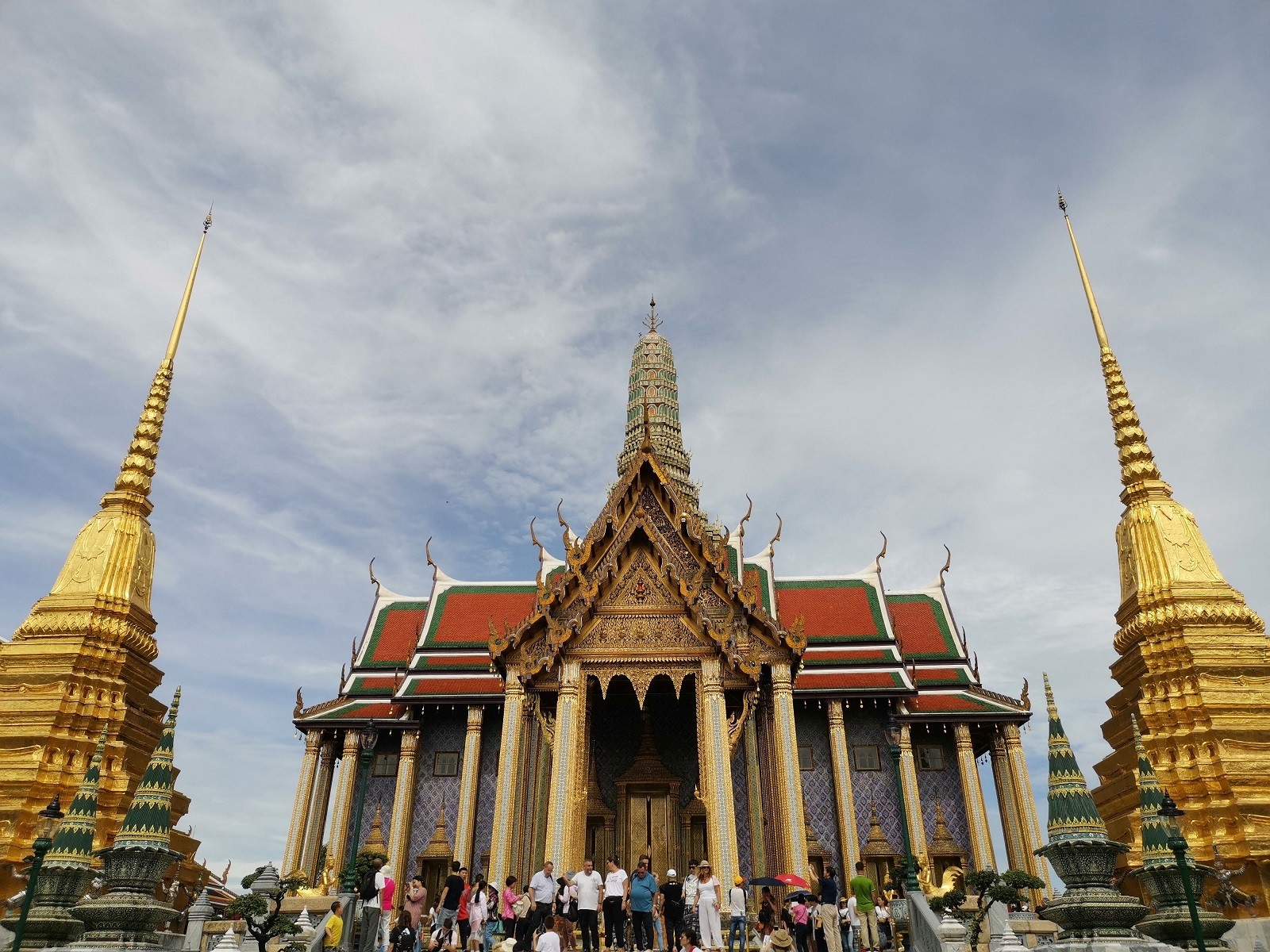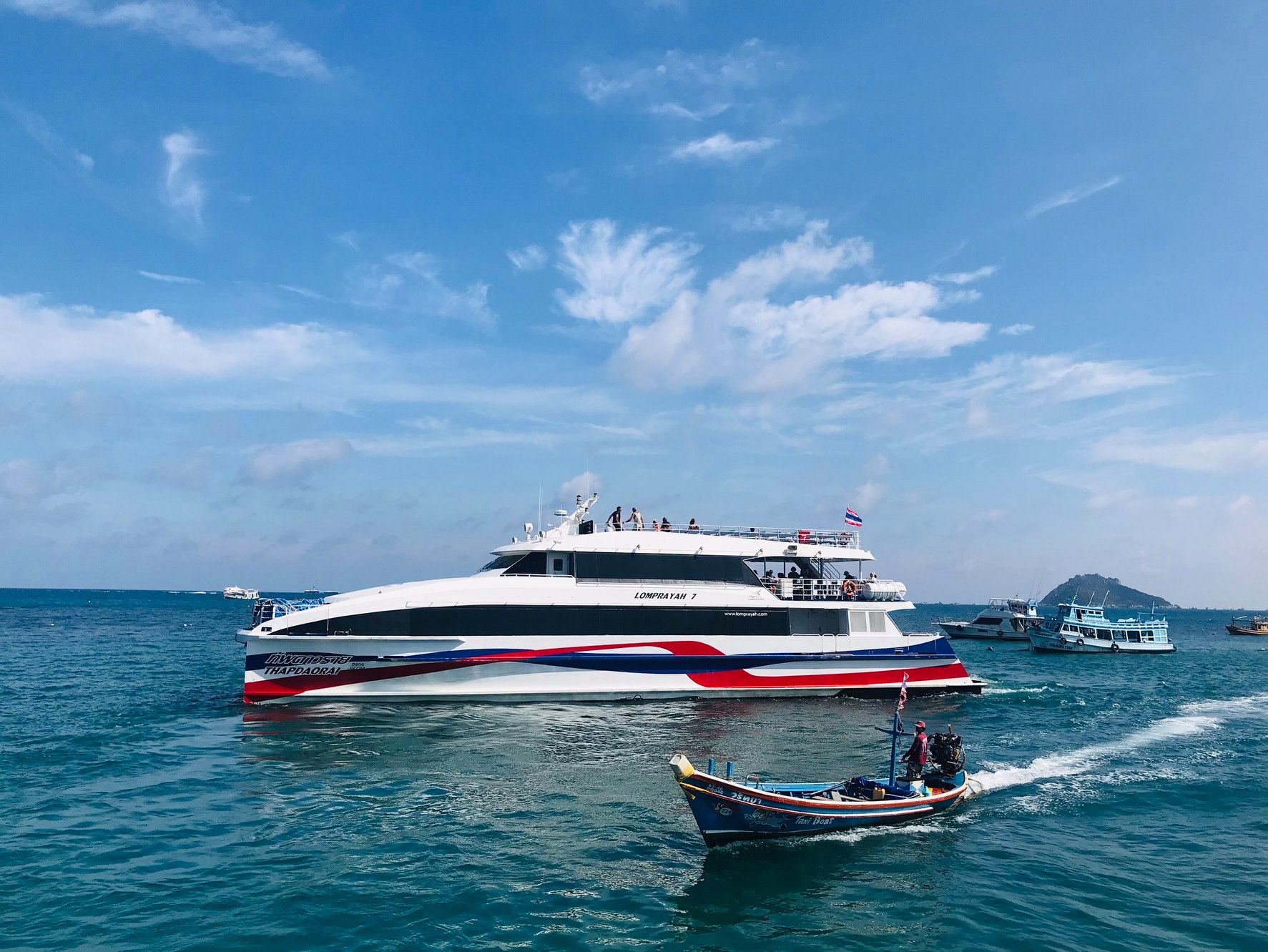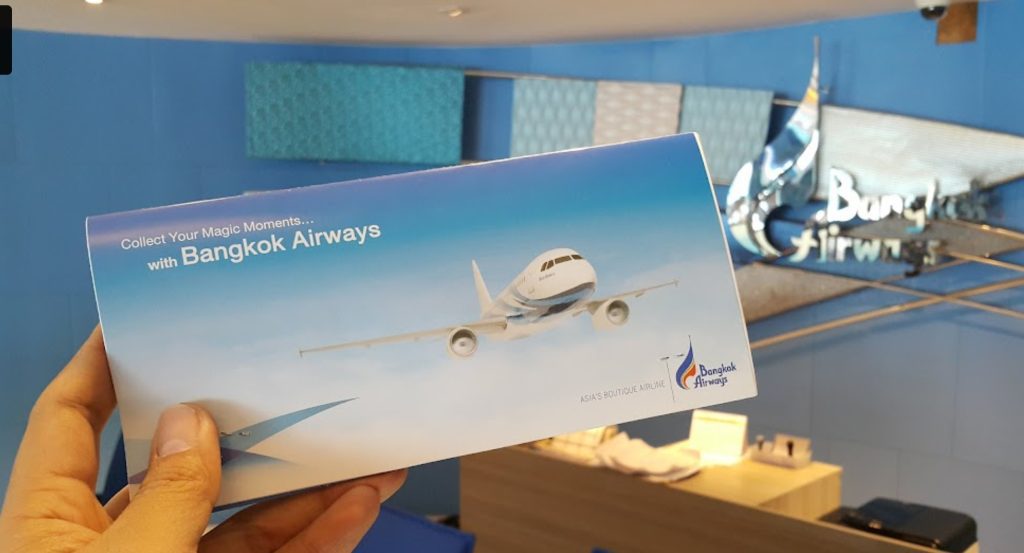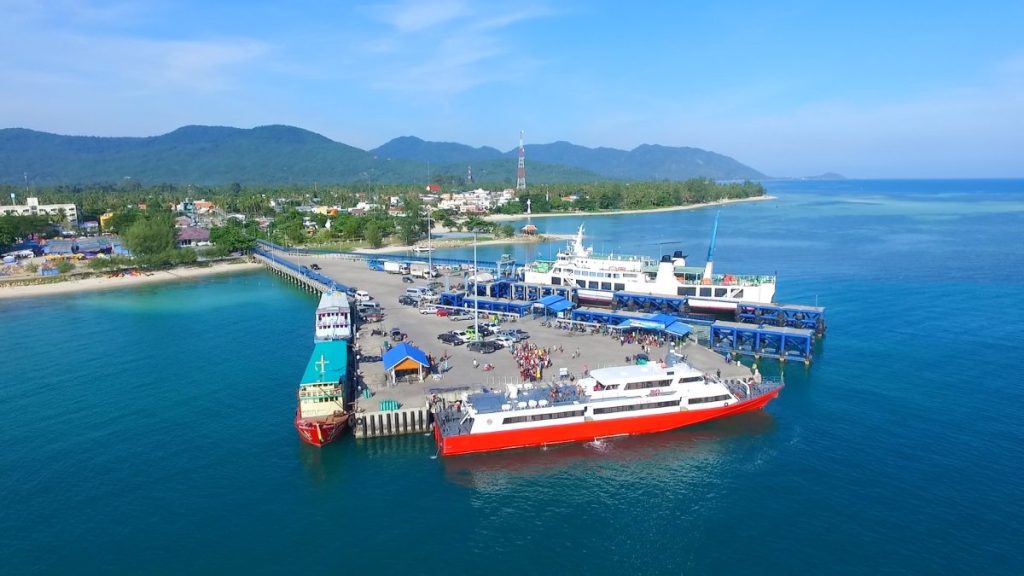One of Thailand’s most sacred and visually arresting landmarks, Wat Phra Kaew, also known as the Temple of the Emerald Buddha, stands as a testament to the deep spiritual reverence and the rich artistic heritage of the country. Located within the historic precincts of Bangkok’s Grand Palace, this temple is not just a significant religious site for Buddhists but also an emblematic representation of Thai architecture and art.
Historical Background of Wat Phra Kaew
Wat Phra Kaew’s history is intertwined with that of the Grand Palace, both of which were commissioned by King Rama I, the founder of the Chakri Dynasty, in the late 18th century. He relocated the capital from Thonburi to Bangkok and laid the foundations for these iconic structures, which have since become synonymous with Thai national identity. Over the years, successive monarchs have added and renovated various structures within the temple complex, enhancing its grandeur and cultural significance.
The Emerald Buddha
The heart of Wat Phra Kaew is the venerated Emerald Buddha statue. Despite its name, the statue isn’t made of emerald but is carved from a single block of jade. It stands a modest 66 centimeters high but is revered far beyond its size. The history of the Emerald Buddha is shrouded in mystery, with tales tracing its origins to India, Sri Lanka, or Cambodia. By the time it reached Thailand, it had become an object of national veneration. The figure undergoes three costume changes a year, corresponding to the Thai seasons: summer, rainy, and winter. This ritual is performed by the king, emphasizing the deep bond between the monarchy and the temple.
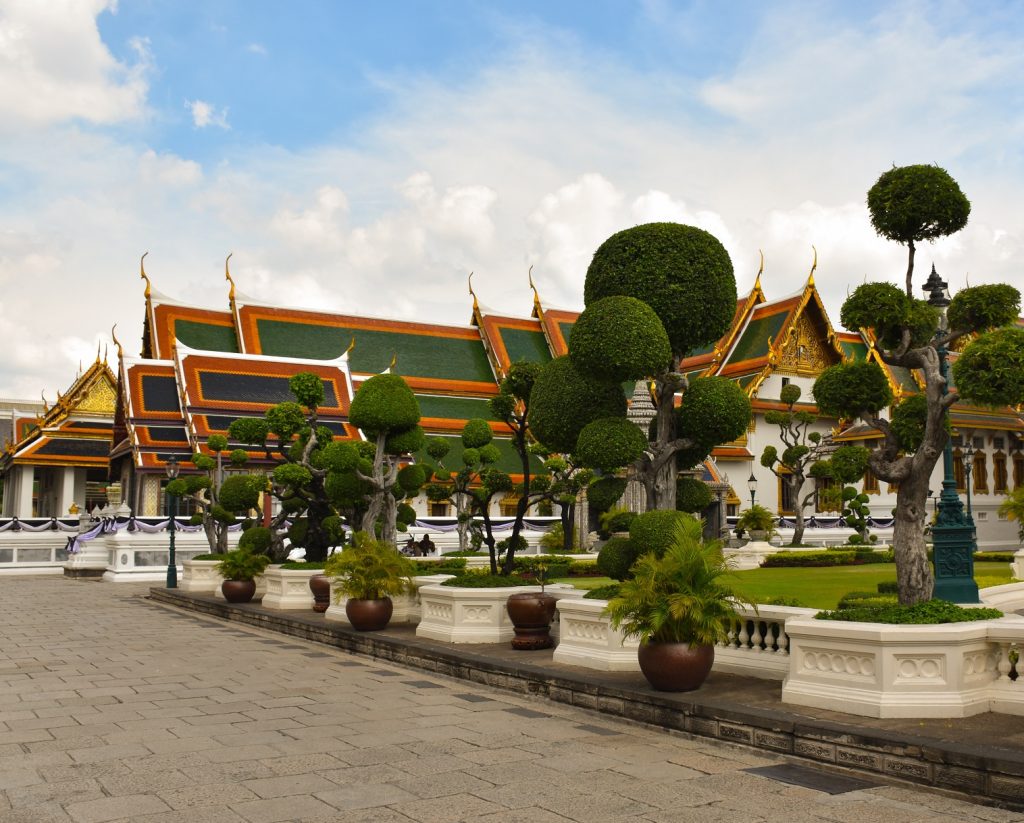
Architectural and Artistic Grandeur
What strikes visitors upon entering Wat Phra Kaew is the sheer artistic splendor. The Ubosot (ordination hall), where the Emerald Buddha is enshrined, is a masterpiece with its multi-tiered roof, intricate carvings, and golden embellishments. Surrounding the temple are galleries adorned with stunning murals depicting scenes from the Ramakien, the Thai version of the Indian Ramayana epic. These murals, apart from their artistic value, offer insights into Thai folklore, history, and values.
Besides the Ubosot, the temple complex houses a plethora of statues, pagodas, and stupas. A notable structure is the Phra Mondop, the library, which is an exquisite example of Thai architecture with its multi-tiered spires, intricate mother-of-pearl inlay, and statues of the mythical Yaksha (giant) guardians.
The compound also boasts a model of Angkor Wat, a gift from Cambodia. This serves as a historical marker of the ties between the two countries and the influence of Khmer architecture on Thai temple designs.
Cultural and Spiritual Significance
Wat Phra Kaew isn’t just an architectural marvel; it’s a living testament to Thailand’s vibrant spiritual life. The temple doesn’t house any monks, distinguishing it from other temples. Instead, it’s purely a place of worship. On any given day, one can find devout Buddhists offering prayers, lighting incense, and paying homage to the Emerald Buddha, seeking blessings and inner peace.
The temple also plays a pivotal role during major Buddhist festivals and royal ceremonies, reinforcing its central position in Thai religious and cultural life.
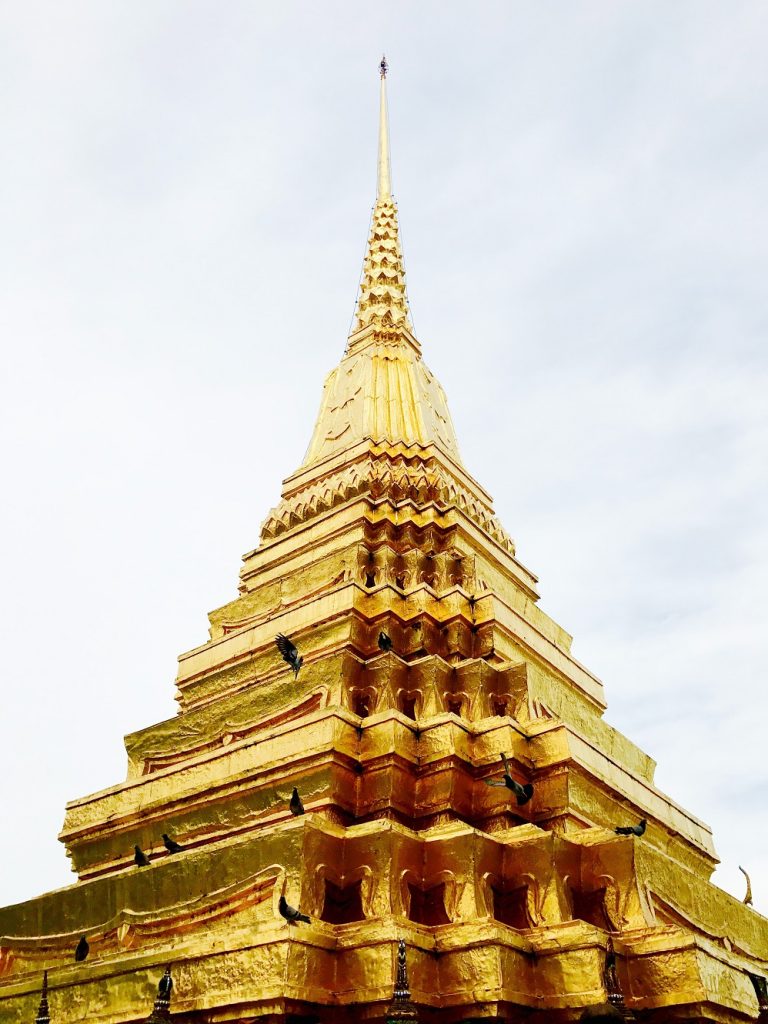
Preservation and Tourism
Being a site of immense national pride, efforts are consistently made to preserve the temple’s structures and artworks. This preservation ensures that the temple remains not just a relic of the past but a living symbol of Thai heritage.
For tourists, Wat Phra Kaew offers a unique blend of spiritualism, art, and history. Visitors are, however, reminded to approach the temple with respect, adhering to the dress code and maintaining decorum, befitting the temple’s sanctity.
Conclusion
Wat Phra Kaew stands as a luminous beacon of Thailand’s rich tapestry of history, culture, and spirituality. With its gilded structures, intricate murals, and the enigmatic Emerald Buddha, the temple is more than just a religious site; it is the soul of Thailand. Whether one visits as a pilgrim, a historian, an art enthusiast, or a tourist, Wat Phra Kaew promises an experience that resonates deeply and lingers long after one leaves its sacred grounds.

